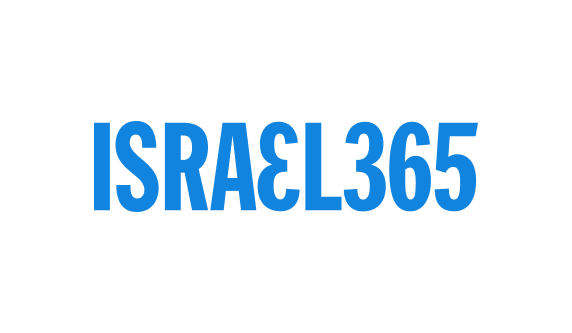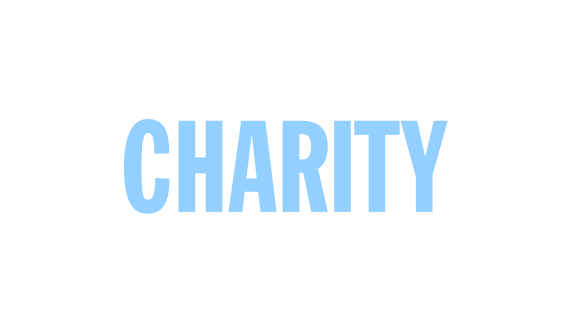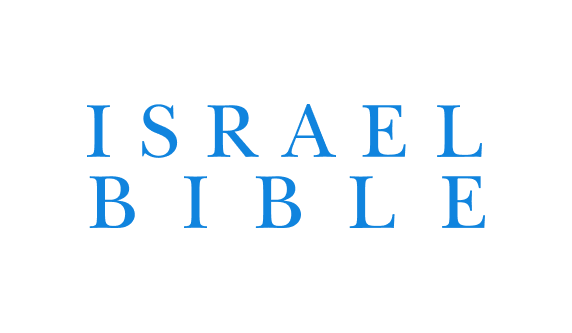In his influential book “The Jewish State”, Theodore Herzl made the case for designing a proper symbol: “We have no flag, and we need one” he wrote. “If we desire to lead many men, we must raise a symbol above their heads. I would suggest a white flag, with seven golden stars” to represent “the seven golden hours of our working-day.” To the ardently secular Herzl, the successful return of the Jewish People to the Land of Israel required hoisting up the ideal of physical labor above all else.
The obvious connection between the Haftarah (Hoshea 12:13-14:10) and the Parasha is the opening verse of the Haftarah that mentions Yaakov fleeing from Eisav, working for many years on behalf of Rachel, and tending carefully to Lavan’s sheep. In contrast to Yaakov’s faithfulness as a shepherd, Hoshea rebukes the Jews of the Northern Kingdom whom he calls “Israel” or “Ephraim” who lacked faith in G-d, worshiped idols, and were on the brink of exile.
A close look at the Haftarah reveals a deeper connection with the Parasha. In depicting the Jews of his generation, who had established the first commonwealth in Israel, the Navi offers rebuke (13:6): “With their pasture they became sated; they were sated and their hearts grew haughty; therefore they forgot me.” However, at the end of the Haftarah, the Navi describes the ultimate redemption and rejuvenation of Ephraim: “he will blossom like a rosebush, and his roots will strike out like the cedars of Lebanon.” This time around, instead of becoming haughty and turning to false gods, “Ephraim will say, ‘What more need have I of idols?…’” (5-9). Why in the first case does Ephraim’s wealth and security lead to rejecting G-d, while at the end he has the opposite response? Hoshea himself provides an answer.
In between the two passages, Hoshea encourages their repentance through Tefillah: “Take words with you and return to Hashem; say to Him, “May You forgive all iniquity and accept good intentions, and let our lips substitute for bulls…and we will no longer say, ‘O our gods!’ to the work of our hands…” (14:3-4). The Navi is teaching that before we are redeemed we must verbally commit ourselves to Hashem and not become haughty through our success. This commitment takes the form of prayer, in which we must make explicit our commitment to believe in G-d, even, or especially, when we enjoy serenity and success.
This theme reflects the deeper connection to our Parasha, as it is a lesson we first learned from Yaakov Avinu. Before fleeing Eretz Yisrael, Yaakov utters a prayer: “If G-d will be with me, will guard me on this way that I am going; will give me bread to eat and clothes to wear; and I return in peace to my father’s house, [then] Hashem will be a G-d to me” (28:21). As interpreted by the Ramban, Yaakov is making a verbal commitment at the outset of his journey that “if I return to my father’s house I will serve the One G-d in the chosen land at this stone’s location.” Surely, maintaining his spiritual identity while exiled to Charan was a monumental challenge, and Yaakov’s success is hailed by Chazal as a major achievement. But our Patriarch understood that the real spiritual challenge is maintaining his devotion to G-d upon returning to Israel in peace, safety and security.
In contemporary terms, Jews succeeded to survive and even thrive in exile by building tight knit communities surrounded by a majority population that was often hostile to it. Throughout our history, diaspora Jews turned to Hashem for protection and blessing – but what about upon our return to the Land? Israelis pride ourselves on our innovative technology, medical advances, defensive capabilities, and our own ingenuity and resourcefulness. And, indeed, we have seen an unprecedented flourishing of the land and its people. But rarely, outside of the synagogue, do we hear our leaders giving credit where credit is due: Hashem’s protection and blessing. All we have to do, however, is to look at our flag for inspiration. When Herzl’s proposal of a white banner with seven gold stars failed to marshal a consensus, David Wolffsohn, the second president of the Zionist Organization, who grew up in a religious family and studied in Cheder, stood up and displaying a Tallit proclaimed, “Why do we have to search? Here is our national flag!”
Ultimately, Herzl’s seven starred flag was rejected, and Wolffson’s suggestion modeled after the Jewish symbol for prayer, with the Star of David in the center, was accepted. The flag of Israel can be seen as a commitment that no matter what level of success we achieve in the State of Israel, we will maintain our devotion to Hashem. In this way, we will avoid the mistakes of the Ten Tribes and to follow in the footsteps of Yaakov Avinu on how to re-acclimate successfully now that we have, with G-d’s help, returned to Israel.
Rabbi Tuly Weisz is the director of Israel365 and editor of “The Israel Bible,” and Rabbi Dr. Ethan Eisen is a psychologist and a new Oleh to Israel, as well as a rebbe in Yeshivat Lev Hatorah. Please send comments to Haftarah@TheIsraelBible.com






